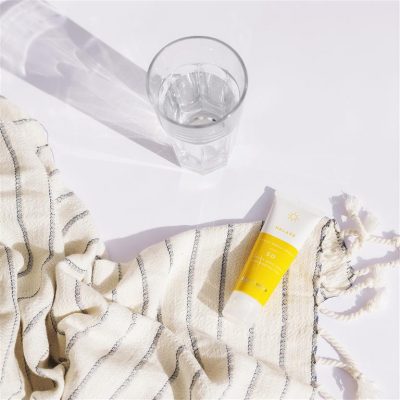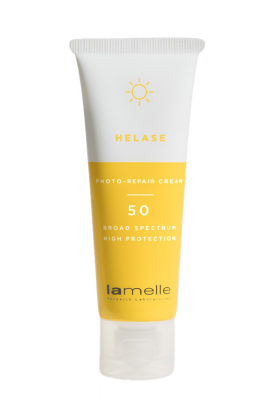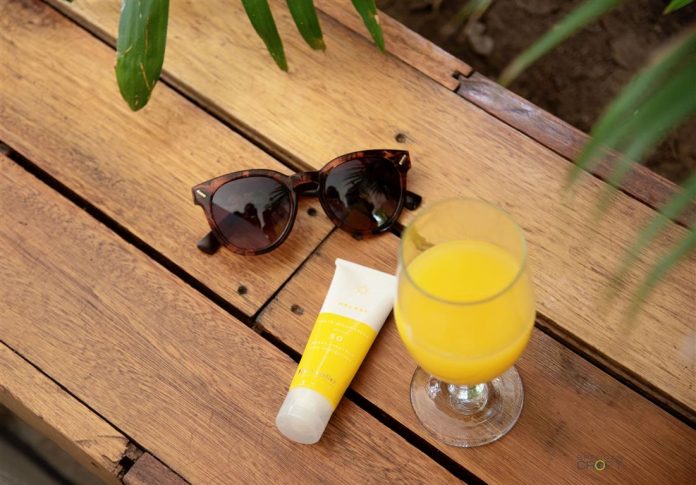By Lamelle Research Laboratories
Sunscreen or sunblock? Is there a difference? As it turns out, yes! To better understand which is best to use, let’s have a look at the differences and the similarities.
Sunscreens (also called chemical sunscreens or organic sunscreens) are ingredients that need to penetrate your skin. This way, they can surround your cells in the upper layers of your skin to protect your skin from UVA and UVB frequencies. These sunscreens are designed to absorb the energy produced from these specific frequencies of light then convert them into other forms of energy to protect you.
Sunblock (also called in-organic sunscreens or physical sunscreens) were thought to reflect sunlight. However, research has shown that a lot of their protective action is also related to the fact that they absorb and convert sunlight energy.
So, is one a better protector than the other? Not at all. They are both provide the same amount of protection from UVA and UVB frequencies of sunlight. The biggest difference between the two is that they will feel different on the skin.

The absorption issue
Do you wear make-up or wear your sunscreen with other skincare products? In this case, organic sunscreens are a good choice as they absorb into the skin and leave less of an oily residue. You’d also have slightly better UVB protection with an organic sunscreen. Still, they’re not water-resistant, so they wouldn’t be an option if you were taking part in a Tri-Athlon or heading to the beach.
As for in-organic sunscreens, these will absorb to a smaller extent. They tend to lie on top of the skin and leave an oilier residue. They also tend to leave a white cast on darker skin tones. For these reasons, those with oilier skin types or darker skin tones might prefer to use sunscreen rather than sunblock.
The bottom line
At Lamelle, we use organic sunscreens in our products because they provide a broader percentage of protection (our critical wavelength with Lamelle Helase 50+ is 379nm where most sun protection products only protect up to 360 nm) .They also absorb into the corneum (the outer layers of your skin) and don’t leave a white cast on the skin. So, if you want superior protection that’s also picture-perfect, the better choice is an obvious one.

To learn more about Lamelle Helase 50, visit www.lamelle.co.za






